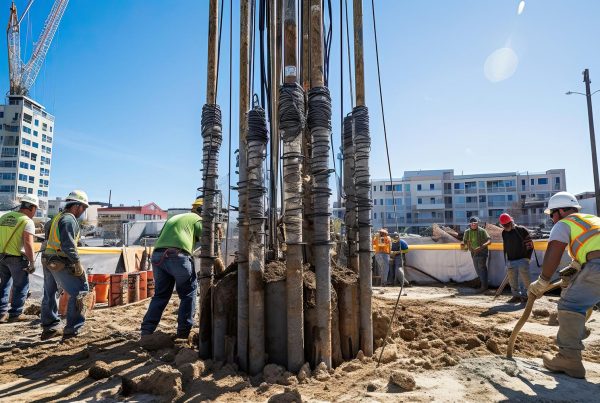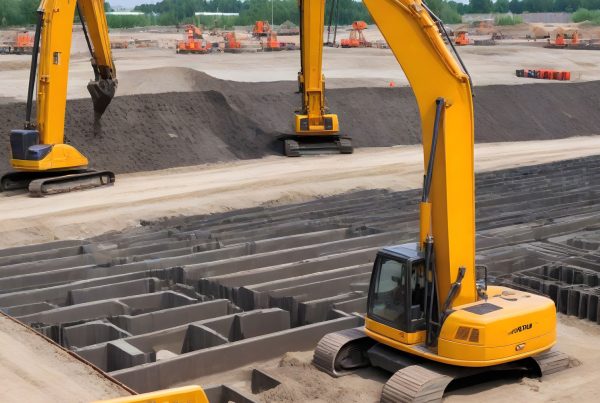In the realm of construction and civil engineering, the foundation is the bedrock upon which all structures stand. Ensuring the stability, durability, and safety of any building or infrastructure project begins with a solid foundation. Among the various techniques used in foundation engineering, driven piles stand out as a fundamental and widely utilized method.
Driven piles, also known simply as piles, are integral components in foundation construction, providing essential support and stability for a wide range of structures. Understanding their role, types, and application is crucial for engineers, contractors, and anyone involved in construction projects. In this article, we’ll delve into the world of driven piles, exploring their significance, types, and their role in foundation engineering.
The Significance of Driven Piles:
Driven piles play a pivotal role in foundation engineering by transferring loads from a structure to deeper, more stable soil or rock layers. They effectively distribute the weight of a building or infrastructure project, preventing settlement and ensuring stability over time. Driven piles are particularly valuable in areas with weak or compressible soil conditions, where traditional shallow foundations may be inadequate.
Types of Driven Piles:
Driven piles come in various types, each with its own unique characteristics and advantages. Some common types of driven piles include:
1. Steel H-Piles: Steel H-piles are robust structural elements commonly used in heavy-duty applications such as high-rise buildings and bridges. They consist of wide flange beams or H-shaped sections driven into the ground using impact hammers.
2. Concrete Piles: Concrete piles are cylindrical or square-shaped elements made of reinforced or prestressed concrete. They offer versatility and can be used in various soil conditions, making them a popular choice for foundation construction.
3. Timber Piles: Timber piles are wooden poles or logs driven into the ground to support light to moderate structures. They are cost-effective and suitable for temporary or marine applications, providing reliable support in various environments.
4. Composite Piles: Composite piles combine different materials such as steel, concrete, or fiberglass to optimize strength, durability, and corrosion resistance. They are ideal for challenging soil and environmental conditions, offering superior performance and longevity.
Role of Driven Piles in Foundation Engineering:
Driven piles serve as the backbone of foundation systems, providing crucial support and stability for buildings, bridges, retaining walls, and other structures. They are essential in the following aspects of foundation engineering:
1. Load Transfer: Driven piles effectively transfer vertical and lateral loads from a structure to the underlying soil or rock strata, ensuring uniform distribution and preventing excessive settlement.
2. Soil Improvement: In addition to load-bearing capacity, driven piles can improve soil stability by densifying loose or weak soil layers through the driving process, enhancing overall foundation performance.
3. Foundation Design Flexibility: Driven piles offer flexibility in foundation design, allowing engineers to adapt to various soil conditions, site constraints, and project requirements. They can be installed quickly and efficiently, making them suitable for a wide range of construction projects.
Conclusion:
Driven piles are indispensable elements in foundation engineering, providing essential support and stability for structures of all types. Understanding their significance, types, and role in foundation design is crucial for engineers and contractors involved in construction projects. By leveraging the versatility and effectiveness of driven piles, engineers can ensure the success and longevity of their foundation systems, laying the groundwork for safe, resilient, and sustainable infrastructure.






